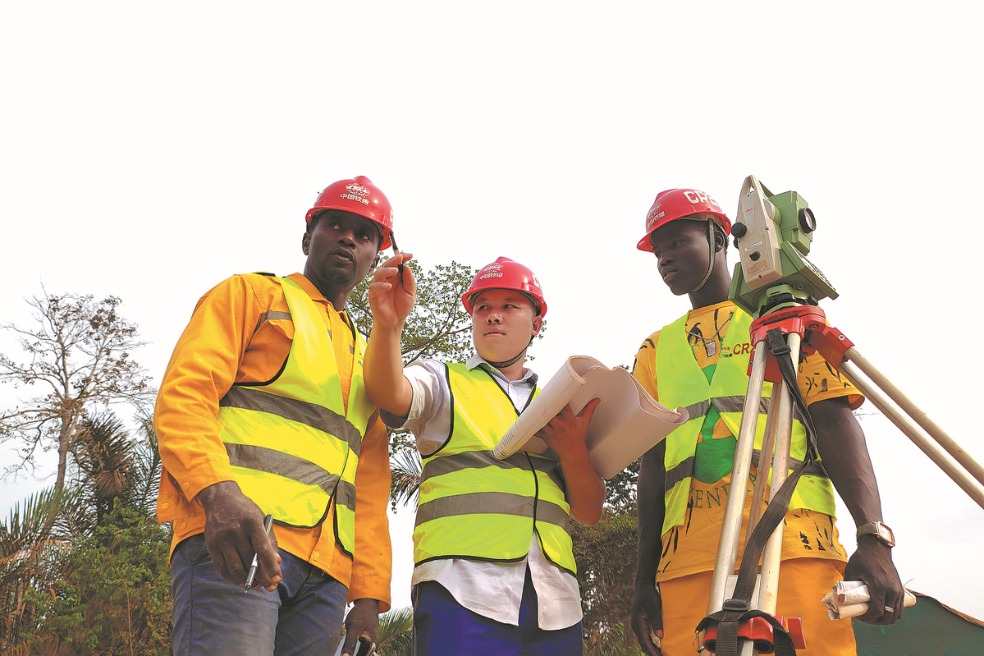Intra-African trade hits $220.3b as AfCTFA implementation improves
Intra-African trade has improved to 12.4 per cent, reaching $220.3 billion in 2024, showing momentum from the Africa Continental Free Trade Agreement (AfCFTA) implementation.
This was the position of the AfreximBank African Trade Report 2025, unveiled yesterday by the bank’s chief economist, Dr Yemi Kale.
Themed, ‘African Trade in a Changing Global Financial Architecture’, the report provides a comprehensive analysis of how Africa is navigating an increasingly fragmented and uncertain global trade and financial environment while outlining bold strategies to turn today’s challenges into tomorrow’s opportunities.
The report noted that the growth is due to more African countries following through with AfCFTA and described the agreement as a platform for industrialisation, digital transformation and Africa’s economic sovereignty.
According to the report, global GDP growth is projected to decelerate from 3.3 per cent in 2024 to 2.8 per cent in 2025.
Amid escalating protectionism, rising tariffs (notably a U.S. effective tariff rate of 14.5 per cent) and fractured global governance, it also predicted that world merchandise trade might shrink by 0.2 per cent this year.
Despite global headwinds, however, Africa recorded 3.2 per cent GDP growth in 2024, supported by strong public investment, high commodity prices (especially gold, cocoa and coffee) and early results from diversification efforts, the report noted.
Also, African trade surged by 13.9 per cent in 2024 to $1.5 trillion. Exports rose by 21 per cent to $758 billion, while imports climbed by 7.6 per cent to $769 billion, resulting in a manageable trade deficit of $11 billion, it stated.
On the other hand, the report noted that trade finance gaps persist, standing at a staggering $100 billion. The annual trade finance gap, it noted, continues to restrict SME participation in regional trade.
“Afreximbank is closing this gap through counter-cyclical lending, disbursing $17.5 billion in 2024 alone and aims to double intra-African trade financing to $40 billion by 2026,” it stated.
The report called for urgent recapitalisation of African DFIs and stronger regional financial infrastructure, noting that PAPSS is already reducing dollar-dependence by settling payments in local currencies across 16 central banks.
“The African Union’s inclusion in the G20 opens a historic window to press for fairer global rules – on credit ratings, SDR reallocations, climate finance and recognition of African multilateral institutions. As global trade realigns, Africa must act with urgency to leverage its demographic dividend, mineral wealth and digital innovation. With coordinated financial reform, deeper AfCFTA implementation and bold diplomacy, Africa can build a more resilient, inclusive, and self-defined trade future,” it said.
While presenting the report, Kale noted that flawed and externally biased credit rating models are pushing up the cost of borrowing for African countries, despite their improving macroeconomic outlook.
According to him, international credit rating agencies continue to assess African economies using one-size-fits-all models that do not reflect the structure, risks or policy frameworks within the continent.
The result, he explained, is an artificially high perception of risk that raises the cost of capital across African markets.
“When you increase the cost of funds for African banks to grow money, and when those banks have to lend back to African countries, it becomes a burden. You can’t lend more than what you borrowed, so the pressure builds,” he said.











.jpg?disable=upscale&width=1200&height=630&fit=crop)
